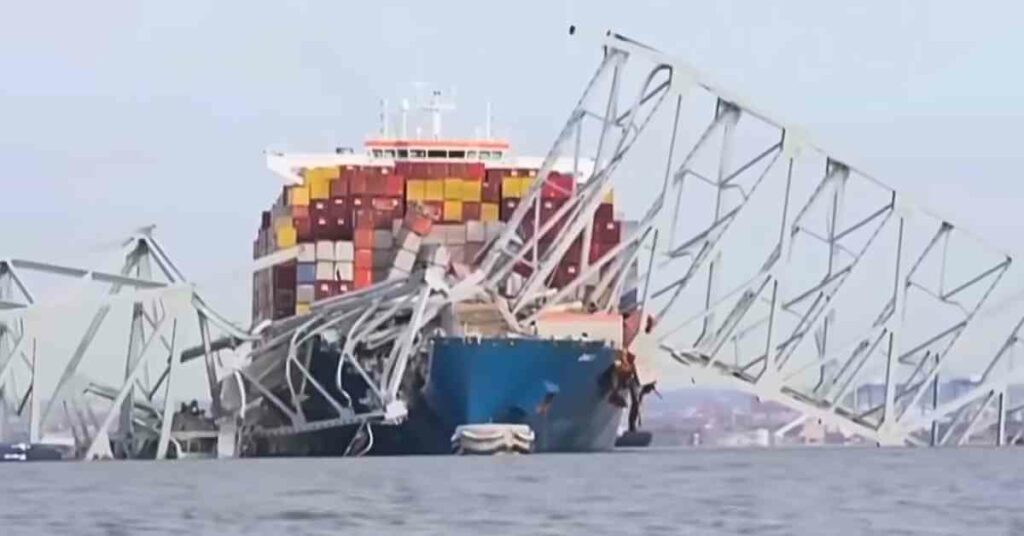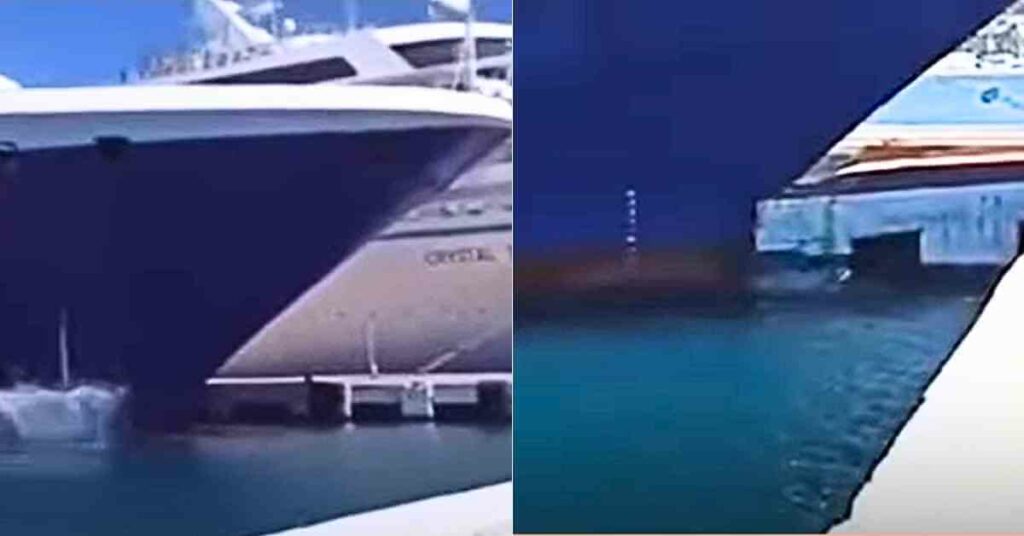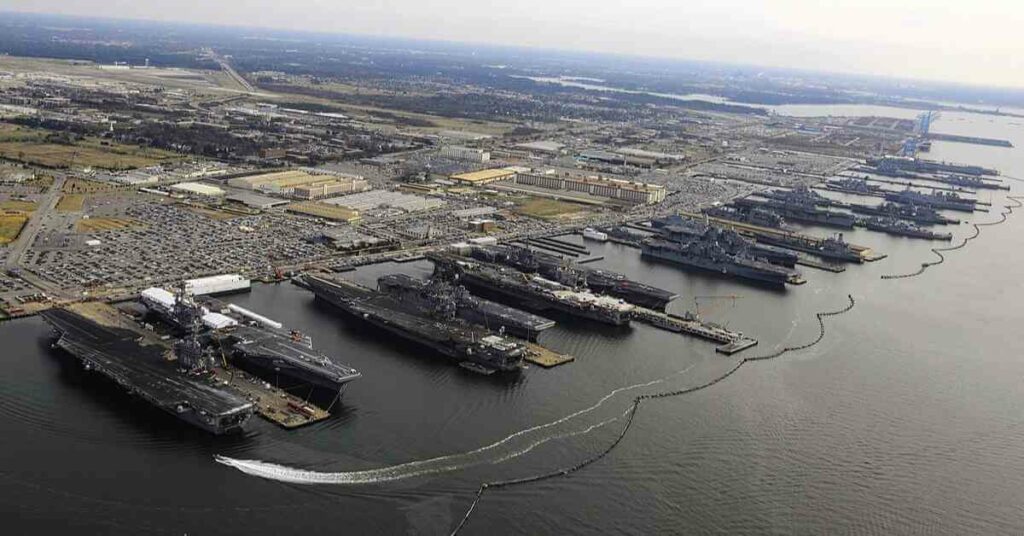MOL’s “Wind Challenger” Design Acquires Preliminary Approval From ClassNK
Mitsui O.S.K. Lines, Ltd. (MOL) announced that MOL and Oshima Shipbuilding Co., Ltd.have jointly obtained “Approval In Principle (AIP)” from Nippon Kaiji Kyokai (ClassNK) for the design of a hard sail system. The system converts wind energy to propulsive force with telescopic hard sail, and is a fundamental technology of the “Wind Challenger Project” (Note 1) that MOL and Oshima Shipbuilding are spearheading.
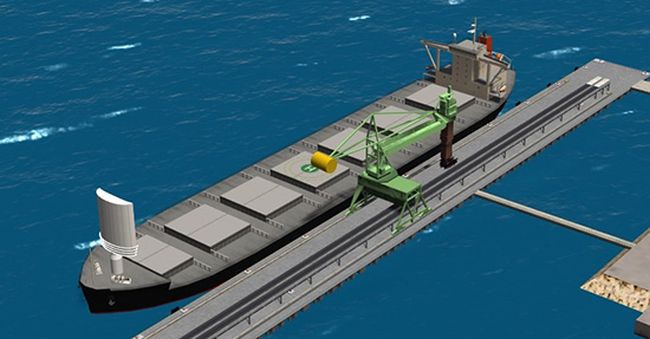
Along with other participating organizations, MOL and Oshima Shipbuilding have played a central role in research and development on the Wind Challenger Project, which aims to reduce greenhouse gas (GHG) emissions by using wind energy. Obtaining the AIP marks the completion of the initial design related to the sail structure and controls.
MOL and Oshima Shipbuilding will continue to move toward a detailed design and implementation for the Wind Challenger Project, with the aim to launch of a newbuilding vessel equipped with a hard sail.

That would reduce the vessel’s GHG emissions by about 5% on a Japan-Australia voyage, and about 8% on Japan-North America West Coast voyage. The long-term goal is to develop a widely accepted solution to achieve the IMO target (Note 2) in combination with other measures to reduce GHGs by equipping vessels with multiple sails.
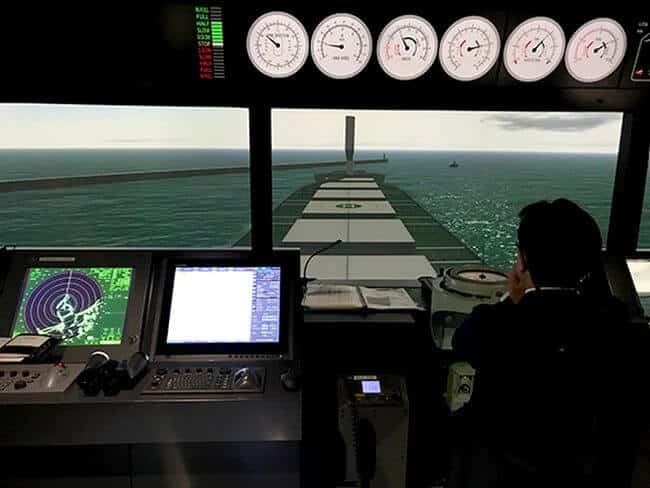
Through this project, MOL and Oshima Shipbuilding will establish one of the technological choices for GHG reduction, with the objective of contributing to environmental conservation.
(Note 1)
The Wind Challenger Project started in 2009 with the “Wind Challenger Plan,” an industry-academia joint research project led by The University of Tokyo, and from 2013, the team has been chosen to receive “Subsidy for Next-generation marine environment-related technology research” by Ministry of Land, Infrastructure, Transport and Tourism. In January 2018, MOL and Oshima Shipbuilding took charge of the plan and now play a central role in this project
(Note 2)
Target stipulated by International Maritime Organization (IMO) in 2018 to reduce shipping’s total annual GHG emissions by at least 50% by 2050 compared to 2008.
Reference: mol.co.jp
Disclaimer :
The information contained in this website is for general information purposes only. While we endeavour to keep the information up to date and correct, we make no representations or warranties of any kind, express or implied, about the completeness, accuracy, reliability, suitability or availability with respect to the website or the information, products, services, or related graphics contained on the website for any purpose. Any reliance you place on such information is therefore strictly at your own risk.
In no event will we be liable for any loss or damage including without limitation, indirect or consequential loss or damage, or any loss or damage whatsoever arising from loss of data or profits arising out of, or in connection with, the use of this website.
Disclaimer :
The information contained in this website is for general information purposes only. While we endeavour to keep the information up to date and correct, we make no representations or warranties of any kind, express or implied, about the completeness, accuracy, reliability, suitability or availability with respect to the website or the information, products, services, or related graphics contained on the website for any purpose. Any reliance you place on such information is therefore strictly at your own risk.
In no event will we be liable for any loss or damage including without limitation, indirect or consequential loss or damage, or any loss or damage whatsoever arising from loss of data or profits arising out of, or in connection with, the use of this website.
Do you have info to share with us ? Suggest a correction
About Author
Marine Insight News Network is a premier source for up-to-date, comprehensive, and insightful coverage of the maritime industry. Dedicated to offering the latest news, trends, and analyses in shipping, marine technology, regulations, and global maritime affairs, Marine Insight News Network prides itself on delivering accurate, engaging, and relevant information.

About Author
Marine Insight News Network is a premier source for up-to-date, comprehensive, and insightful coverage of the maritime industry. Dedicated to offering the latest news, trends, and analyses in shipping, marine technology, regulations, and global maritime affairs, Marine Insight News Network prides itself on delivering accurate, engaging, and relevant information.
Latest Shipping News Articles You Would Like:
Subscribe To Our Newsletters
By subscribing, you agree to our Privacy Policy and may receive occasional deal communications; you can unsubscribe anytime.




